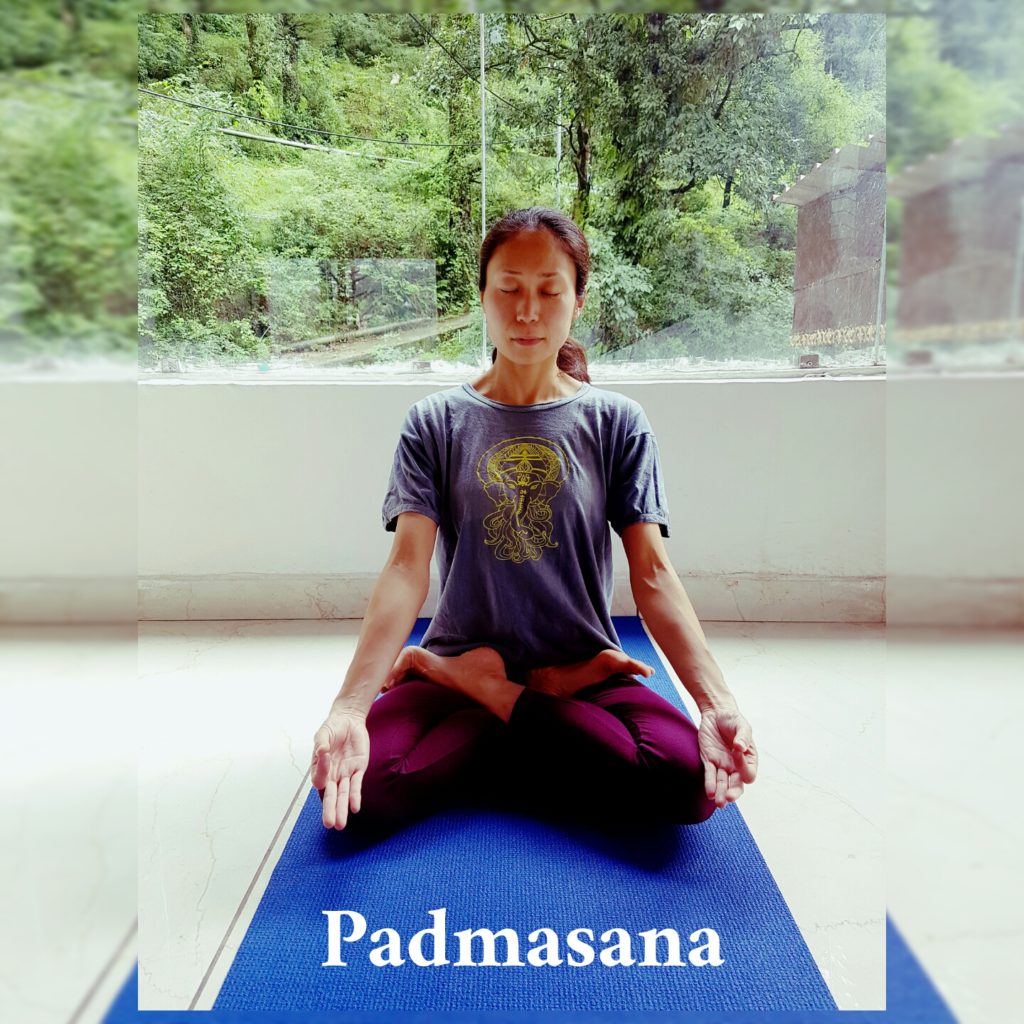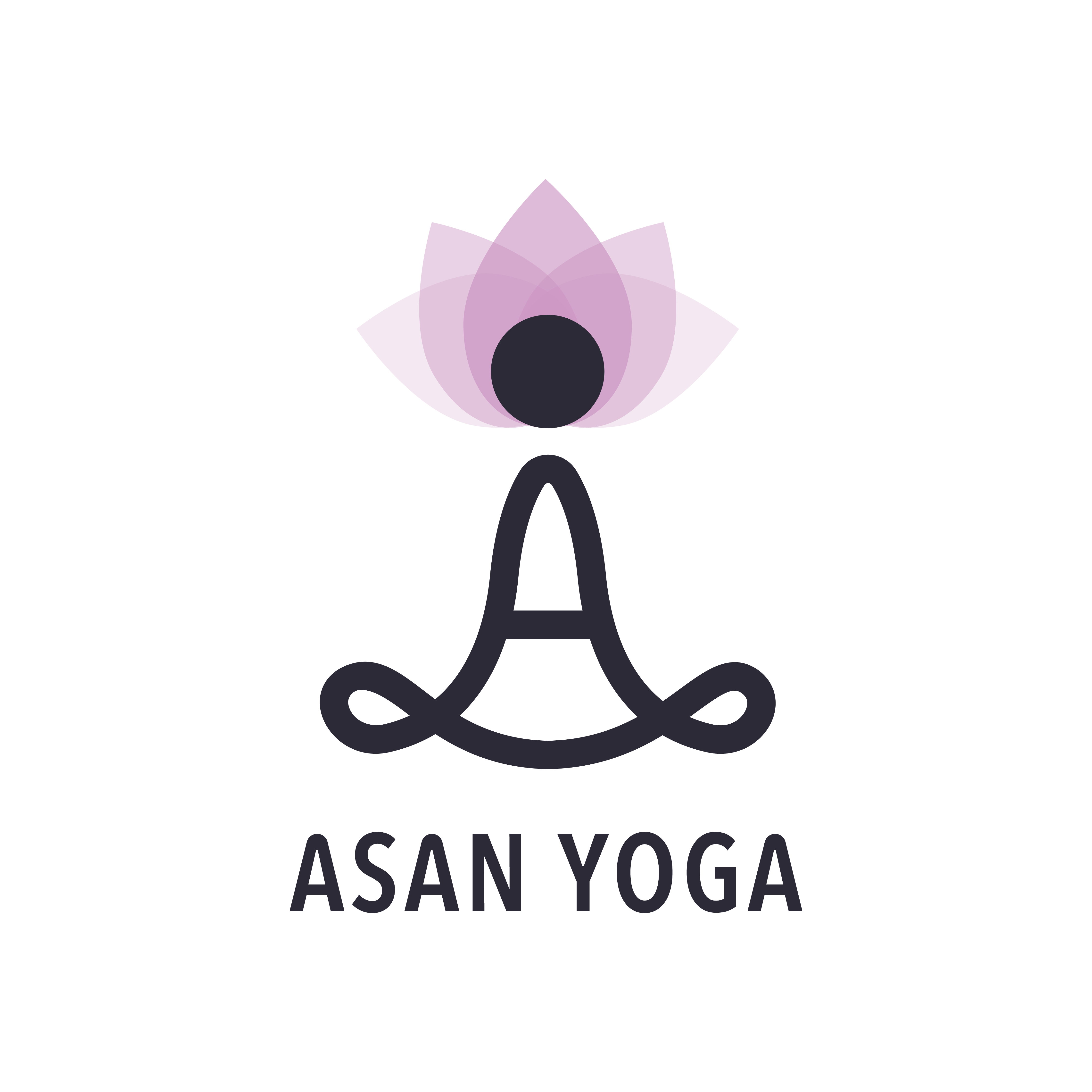Padmasana : A king of asana

Padmasana is consider to be a king of asana in all the practices of Pranayama and Meditation. It is a key to success in both cases. All the four areas of body is evenly balanced. The legs, hands, trunk and head, and the brain rests correctly and evenly on the spinal column giving psychosomatic equilibrium. The spinal cord passes through the spinal column. The pranic energy flows evenly, with proper distribution throughout the body. The word ‘Padma’ means lotus and ‘Asana’ means posture. The lotus pose allows the practitioner to get steadiness in a physical form without conscious effort in order to uplift the flow of prana energy from mooladhara chakra in the perineum, to sahasrara chakra in the head, heightening the experience of meditation. Without getting stability in a posture practitioner cannot achieve the meditation. That’s why Asana is the 3rd limb which comes before pranayama and meditation in Ashtanga yoga. Other than meditative effect this asana also has significant impact on physical layer. It relaxes the nervous system, stimulates the digestive process and creates firm foundation for legs to hold the trunk and head like a pillar.
Technique of practicing Padmasana (Lotus pose) :
Padmasana (lotus pose) Sit with the legs straight in front of the body. Slowly and carefully bend one leg and place the foot on top of the opposite thigh. The sole should face upward and the heel should be close to the pubic bone. When this feels comfortable, bend the other leg and place the foot on top of the opposite thigh. Both knees should, ideally, touch the ground in the final position. The head and spine should be held upright and the shoulders relaxed. Place the hands on the knees in chin or jnana mudra. Relax the arms with the elbows slightly bent and check that the shoulders are not raised or hunched. Close the eyes and relax the whole body. Observe the total posture of the body. Make the necessary adjustments by moving forward or backward until one gets a right balance and alignment. Padmasana is achieved once the practitioner gets a perfect alignment and smooth flow of breath.
Which muscles and the movement of the joints plays the vital role in Padmasana?
- Adductors are the main players.
- Ankle flexibility
- Lateral rotation of the knee
- Range of movement in your knee and hip joint
Who shouldn’t practice Padmasana?
Those who suffer from sciatica, sacral infections or weak or injured knees should not perform this asana. The practitioner is not ready to perform Padmasana until he/she works on increasing flexibility of the knee through practicing preparatory asanas.
Why Padmasana is difficult for common mass?
Stiffness in the spine, knee, ankle and hip joint makes the Padmasana difficult for practitioner.
Stiffness in the muscles and joints are due to access protein intake, sedentary lifestyle (lack of movement), genetic disorders etc.
Rock like muscles doesn’t have strength, they create more stiffness. Decreasing the amount of salt, protein and sugar/ carbs helps to remove the stiffness in muscles. It gradually relaxes the muscles and calms down the nervous system.
Another reason of seeing difficulty in padmasana is cultural difference. Western people will find it difficult practicing padmasana as compared to eastern or Indian people. Indians have tradition of sitting on the ground for daily routine activities. No matter if they practice padmasana regularly; just sitting in a simple cross leg position like sukhasana or swastikasana since childhood keep their joints strong and flexible. In a way achieving padmasana in their life at any stage is possible. But in western countries you will find people always sitting on a table and chair, so they struggle a lot achieving the king of asana. But now a days even in India everything has become westernized and due to sedentary life style even Indian people has find it difficult to sit on the ground in a cross leg. It is miserable to see the root of their own culture has lost. And that’s why Krishna says is true ’Samatvam Yoga uchyate’ Equanimity is yoga. The balanced lifestyle is yoga. Without finding an equilibrium nothing can be achieved in life.
If you think this information is helpful for you to get more understanding over achieving the Padmasana then please like and share our article.
